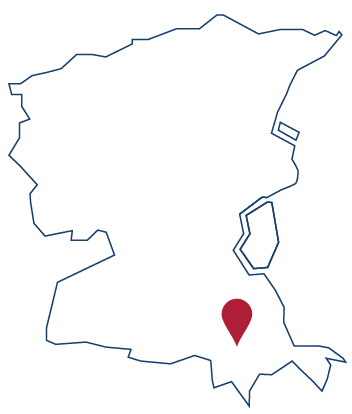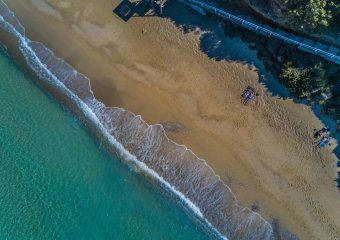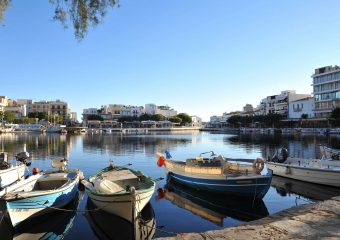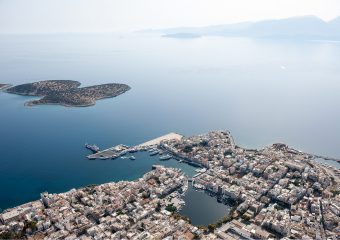Statue of Kritsotopoula
At the very heart of the village of Kritsa we find the actual house of Rodanthi, the girl who became known as Kritsotopoula, which also operates as the “Folk Museum of Kritsotopoula”.
Rodanthi was the kind-hearted, loving, beautiful and educated only daughter of the priest of Kritsa and lived with her parents and her little brother. Her father had sent her to study to the monastery of Panagia Faneromeni and wanted her to become a teacher in order to educate the people of Kritsa. Unfortunately, Hursit Agha from Choumeriakos, the rich and all-powerful Turkish commander of the region, fell in love with Rodanthi and asked her to be his wife. Her parents refused and then he kidnapped her and killed her mother. He forced Rodanthi to convert to Islam and married her. The first night, on their bridal bed, Rodanthi slaughtered Hursit Agha and she fled to the mountains dressed as a young man joining the rebel group of Lassithi Plateau under the name of “Spanomanolis”. She fought the Turks with great courage and bravery. Spanomanolis participated in several operations and soon became a notorious and fearless who fighter who stood out for his bravery and the fury with which he killed the enemy. The identity of Kritsotopoula remained a secret until early 1823, when in a battle against the Turkish-Egyptians troops of Hassan Pasha, at the location Koutarantos next to the ancient city of Lato, she was injured and returned to Kritsa where real identity was revealed and she passed away. Her story illustrates the heroism of those women who, away from the joys of life, took revenge for the Turkish tyranny in Crete.
The historic village of Kritsa features a statue inspired by the story of Kritsotopoula which was created by the sculptor Nigel Ratcliffe and is located on the main street of the village, next to the Cultural Association. The statue is entitled “The Thread of Life”. It actually depicts an image from the legend of Kritsotopoula.
Another monument inspired by the story of Kritsotopoula, which was also created by Nigel Ratcliffe, sits at the location Koutarantos. It portrays Rodanthi, injured, in the hands of a warrior.
Useful information
15′ from Agios Nikolaos
25′ from Kalo Chorio
25′ from Neapoli




